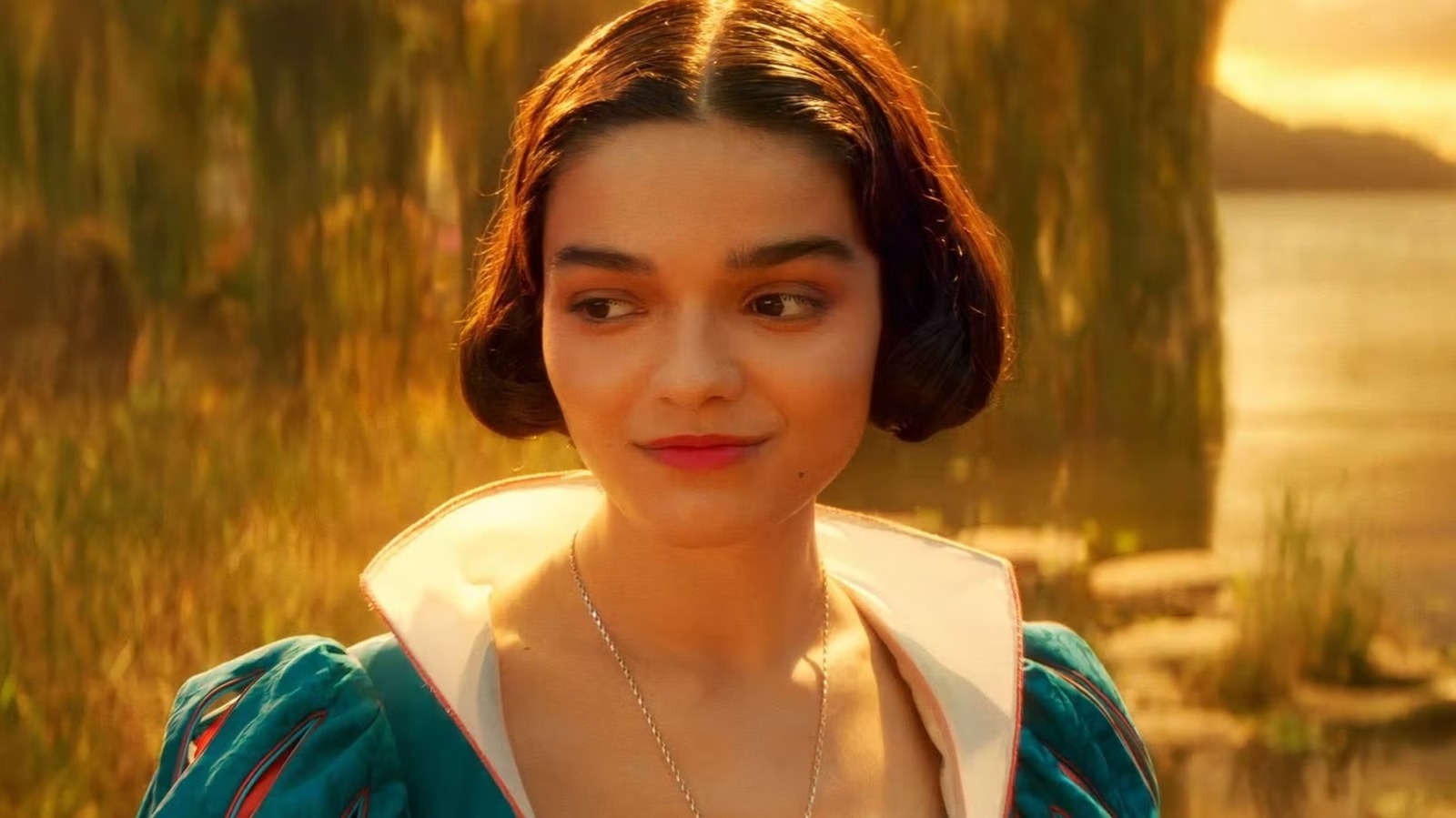
Disney’s live-action version of “Snow White,” released recently, garnered only $42.2 million during its premiere weekend, contrasting significantly with the film’s estimated production cost of at least $269 million. This opening is far from what one would hope for a movie of this scale. In fact, it earned less than Disney’s 2019 live-action “Dumbo” remake did during its debut weekend, which was considered dismal. Given the current situation, it seems unlikely that “Snow White” will generate enough revenue to cover its production costs.
Many people online are likely to see these poor box office numbers as a reflection of the multiple controversies surrounding the “Snow White” film that were prevalent before its release in cinemas. Nonetheless, it can be argued that behind-the-scenes issues may not significantly impact regular moviegoers’ decisions. As such, it appears that “Snow White” faced more serious problems that contributed to its disappointing opening weekend.
It seems that the recent Disney remake of one of their earliest animated titles, “Snow White,” faced numerous challenges in capturing audience interest. While some issues were beyond the control of Disney, others were inherent to the film’s production. Let me explain why this live-action version underperformed at the box office.
The production took way too long

In May 2019, it was revealed that Marc Webb would be directing “Snow White,” a project that ultimately took up the following six years of his career. The extended period of time Webb dedicated to this film suggests the difficulties encountered during its production, which were characterized by persistent delays. Initially scheduled to start shooting in July 2020, “Snow White” didn’t begin filming until March 2022, more than two years before it hit theaters. The initial release date of March 2024 was scrapped due to Hollywood strikes in 2023, pushing back its arrival to March 2025.
The movie generated a lot of anticipation that seemed to exhaust audiences while they waited for it to come out. To give you an idea, Disney announced their “Lion King” remake in 2016 and released it in July 2019 – a span of only three years. The casting announcements for the “Lilo & Stitch” remake were made just two years ago, with its planned release in May 2025 – quite a ways off. In contrast, Rachel Zegler was cast as Snow White a full four years before her appearance on the big screen as the famous Disney princess, which took much longer than other Disney projects.
The delays were partly unavoidable due to external influences beyond Disney’s control, such as COVID-19 significantly impacting the entertainment sector. Moreover, decisions like unveiling a contentious CG dwarfs image 17 months prior to the movie’s premiere allowed for an extended buildup of negative sentiment towards the film. A more focused and streamlined marketing strategy might have prevented “Snow White” from seeming overly exhausting for potential viewers even before tickets went on sale.
The budget was excessive
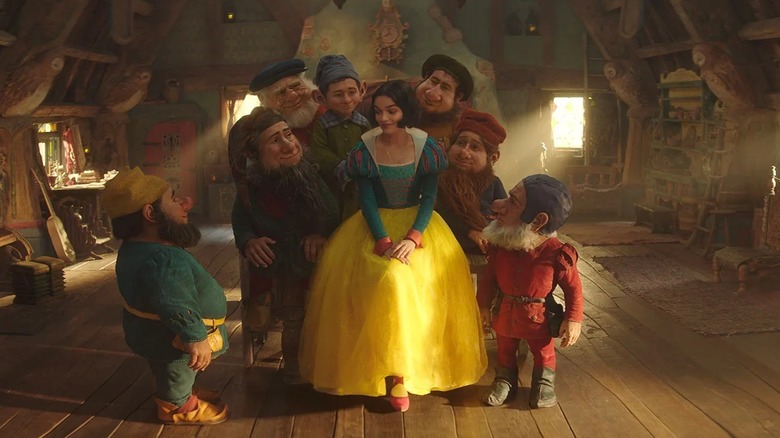
To put it plainly, the fairytale film “Snow White” likely wouldn’t have been financially successful due to its high production costs. Its initial budget of approximately $210 million was substantially higher than that of “Beauty and the Beast,” which had a cast filled with big names but only cost around $160 million. For “Snow White” to turn a profit at $269 million, it would’ve needed to earn over half a billion dollars. While movies like “Alice in Wonderland” and “Aladdin” have been successful, there have also been disappointments such as “Dumbo” and “Cruella,” both of which failed to gross anywhere near $500 million worldwide. It’s unrealistic to expect every live-action fairytale film to be a box office sensation.
In recent years, Marvel films, once consistently profitable for Disney, have struggled to match their past successes in the 2020s. Similarly, high-grossing blockbusters like “Dune: Part Two” are becoming increasingly scarce. To turn a profit, even a film like “Snow White,” produced by Disney, would have had to earn as much as “Dune: Part Two.” Given these financial trends and the fact that “Snow White” was made on a budget of $269 million, it’s not surprising that it failed to turn a profit. While there were certainly factors in the film’s execution that may have deterred audiences, its astronomically high production cost significantly decreased its chances of box office success from the start.
There’s already been too many live-action Snow White films
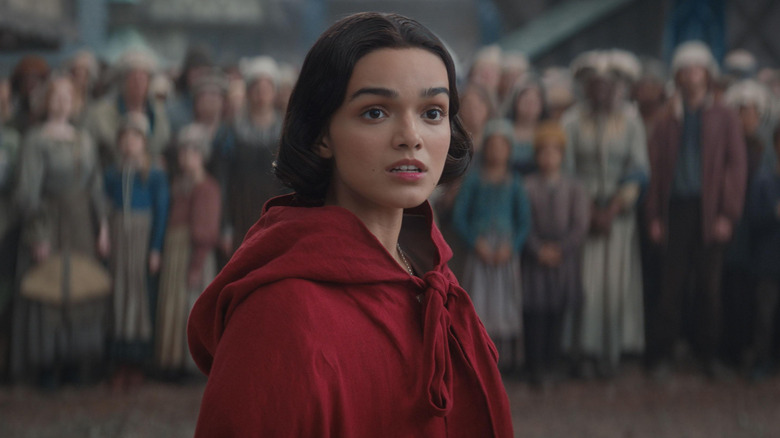
In recent years, both Aladdin (in 2019) and Beauty and the Beast (in 2017) made their grand cinema debuts as fresh adaptations, marking a long time since these stories graced the silver screen. Meanwhile, 21st-century viewers didn’t have to wait until Disney’s planned 2025 release of Snow White to enjoy the Brothers Grimm fairy tale on the big screen. In fact, in 2012, two distinct movie versions, Mirror Mirror and Snow White & The Huntsman, were released as interpretations of the Snow White legend. The latter film’s lore was further explored (with a couple of dwarfs included) in The Huntsman: Winter’s War in 2016. Over the past decade, there has been an abundance of Snow White material on the big screen, but none of it has originated from Disney.
As a dedicated film enthusiast, I must admit that the emergence of various adaptations of the classic tale, particularly those released in 2012, has somewhat diluted the unique charm of Marc Webb’s “Snow White” for me in 2025. This new take on the story was marketed more as a fresh perspective on a timeless fable rather than a radical reinvention like Tim Burton’s “Alice in Wonderland.” In fact, Disney’s version of “Snow White” even borrowed certain elements from those 2012 films, such as the strategic inclusion of seven “bandits” and a scene where the seven dwarfs sneak into the queen’s castle. Despite Snow White being the “fairest of them all,” her portrayal in this 2025 movie didn’t feel particularly distinctive to me.
Gal Gadot isn’t a box office draw
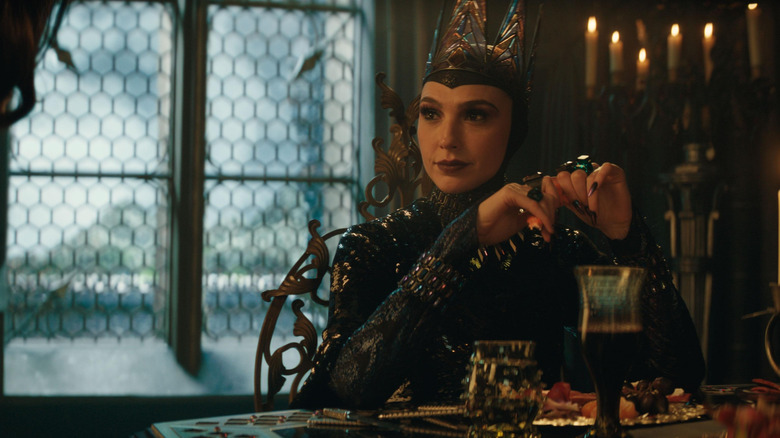
As a gaming enthusiast, you might have noticed a recurring pattern in Disney’s live-action remakes: casting an unrecognizable face for the lead role and bringing in a big-name star for supporting roles. Take Alice in Wonderland with Mia Wasikowska and Johnny Depp or Aladdin with Mena Massoud and Will Smith, or even Cinderella with Lily James and Cate Blanchett – the pattern is clear as day. For Snow White, they had Rachel Zegler for the title role, but unfortunately, they went astray when they chose Gal Gadot to fill the roles of Depp, Smith, and Blanchett’s caliber. This was a significant misstep on their part.
While she carried the first Wonder Woman film successfully, since then, her solo live-action releases haven’t managed to earn more than $50 million at the box office. She remains best known as Wonder Woman rather than someone who can stand alone based on her own merits.
Since her 2017 appearance as Wonder Woman, Gadot’s film career has been marked by movies like Red Notice, Heart of Stone, and Wonder Woman 1984, which have received mixed reviews. Her involvement in Snow White didn’t elevate the movie’s status or guarantee box office success. Instead, it was yet another aspect of the remake that drew indifferent reactions from audiences. By casting someone like Gadot, who has a moderate box office history, for a pivotal role in Snow White, the filmmakers deviated from Disney’s usual approach for these remakes, which typically features well-known stars. Given the popularity of these remakes, it was particularly surprising that Snow White didn’t secure a big-name star to increase its visibility.
The bloom is off the rose for Disney’s live-action remakes
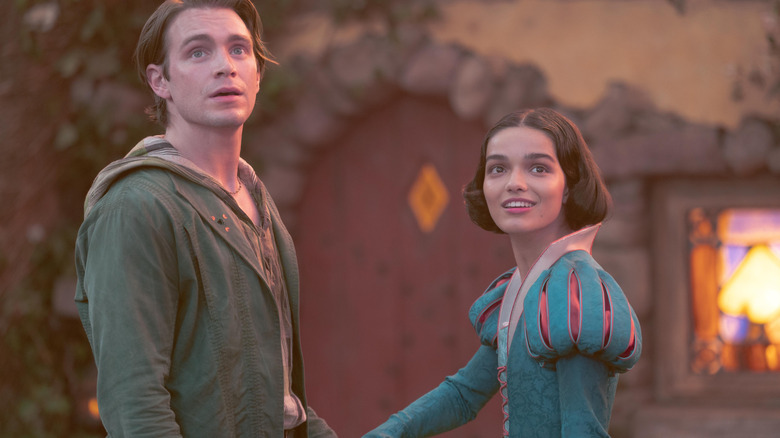
2023 saw the debut of “The Little Mermaid,” which earned $117.5 million over four days during Memorial Day weekend, but surprisingly incurred losses. This followed disappointing performances at the box office for previous releases like “Dumbo” and “Cruella.” Additionally, “Mulan” was met with indifference and controversy, while “Peter Pan & Wendy” and “Pinocchio” on Disney+ failed to captivate audiences. These results suggest that Disney’s approach of reimagining classic characters and stories in live action may no longer be as successful as it once was.
Could it be that the issue is not whether these live-action Disney movies are deteriorating, but rather if, similar to Marvel films, the initial excitement has faded and viewers are feeling tired? It seems more likely that a combination of factors is at play. For instance, a movie like “Snow White” in 2025 might have felt routine or expected, whereas “Cinderella” ten years ago was something special that audiences couldn’t miss. As this pattern becomes increasingly clear, even the Disney brand name wasn’t enough to boost the box office performance of “Snow White”.
Negative word of mouth did the film no favors
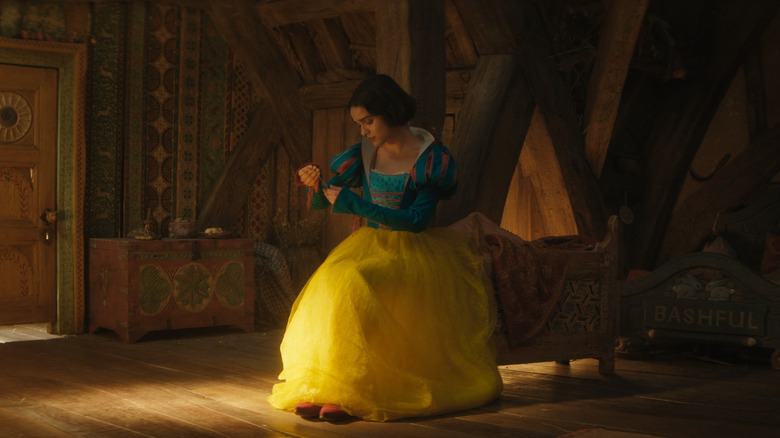
Instead of asking films with an F CinemaScore directly, consider examining those movies critically since negative audience reception can significantly impact a film. However, it’s essential to note that different genres have varying thresholds for what constitutes a poor CinemaScore grade. For example, horror films like “Hereditary” may still be successful despite receiving lower grades such as D+ from audiences. On the other hand, more mainstream and audience-friendly genres typically need higher scores in the A range to avoid trouble, with family movies like “Snow White” needing to steer clear of content that encourages audiences to give poor reviews or walk out of the theater.
Over its first weekend, my friends and I saw “Snow White” and it got a B+ on CinemaScore. That’s not terrible, but most other live-action Disney remakes have been in the A range. However, it’s important to note that not everyone felt indifferent towards the movie – opinions varied with age and gender. For instance, women and teenagers gave “Snow White” an A- CinemaScore.
It’s possible to view a B+ rating for a blockbuster family movie as not the worst scenario, but given the tumultuous production process, the stakes were high. This rating suggests that “Snow White” may not recover from all the turmoil and shatter expectations at the box office. With general audience feedback being rather underwhelming, it’s unsurprising that the projected opening weekend earnings for “Snow White” continued to drop as time passed.
Snow White has always been a bland princess
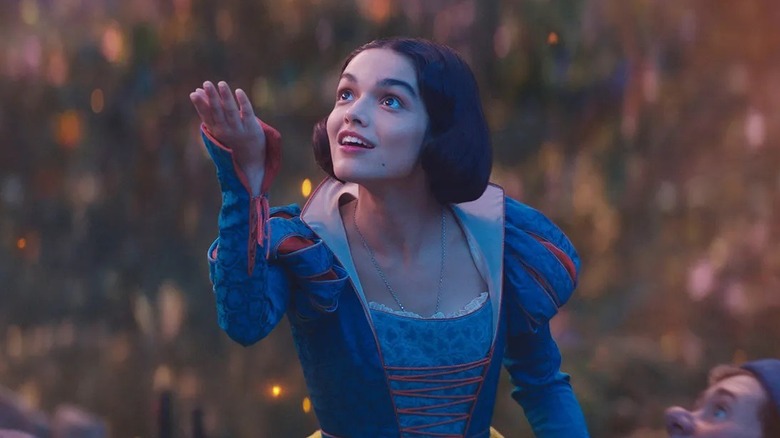
In the feedback for “Snow White,” it’s universally acknowledged that Rachel Zegler delivers an outstanding performance. This skilled actress who captivated us in 2021’s “West Side Story” has earned widespread acclaim for her strong vocals and captivating screen presence. Yet, not even such a talented performer could spark interest in a Disney princess who hasn’t traditionally had a large fanbase.
There’s been plenty said about Snow White as a character, with numerous critics noting her lack of distinct personality in the initial Disney animation. The renowned film critic Roger Ebert once remarked that if ‘Snow White and the Seven Dwarfs’ had primarily focused on Snow White, it could have quickly faded from memory after its 1937 premiere, surviving today mainly for historical significance as the first full-length animated color feature. In essence, Snow White is more of an uninteresting character; she doesn’t take action but rather inspires others to do so.
For decades, starting from the 1937 release, Disney has primarily emphasized the dwarfs – Doc, Grumpy, Dopey, and their companions – in their marketing for “Snow White and the Seven Dwarfs”. This is evident in attractions like the “Seven Dwarfs Mine Train” ride at Disney theme parks, which has been a popular draw for many years. Additionally, the animated series “The 7D”, produced in the mid-2010s, further underscored Disney’s growing fascination with these supporting characters rather than Snow White herself. Despite her initial release, Snow White never garnered a fanbase as strong as other Disney princesses, and even the portrayal by Rachel Zegler couldn’t change this trend.
People prefer remakes of ’90s Disney films
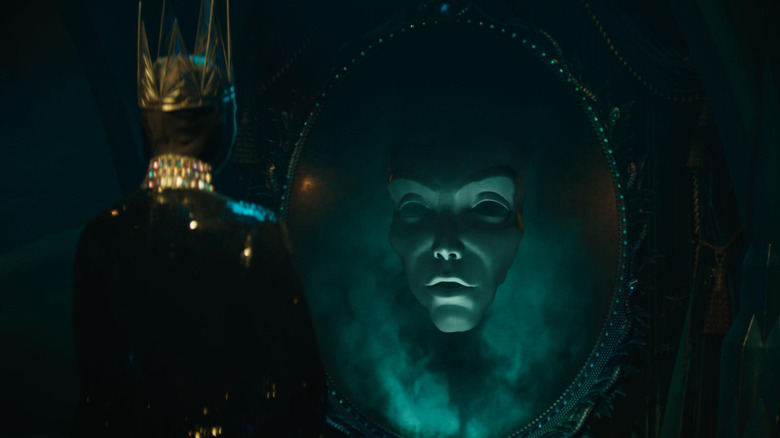
Generally speaking, reimaginings of films from Disney’s Renaissance Era tend to perform better at the box office than those from earlier periods in Disney animation history. However, there are exceptions such as “The Jungle Book” and “Alice in Wonderland.” The blockbuster successes of recent remakes like “Aladdin,” “The Lion King,” and “Beauty and the Beast” suggest that audiences today have a stronger interest in Disney’s 1990s productions compared to earlier decades. In fact, Disney has opted to release newer versions of their older titles on their streaming platform, Disney+, rather than as standalone movies in theaters, with examples including “Lady and the Tramp,” “Peter Pan & Wendy,” and “Pinocchio.
It’s not that people hate all old movies; instead, it seems to reflect the preferences of parents who grew up watching ’90s Disney films and are now eager to share nostalgic cinema experiences with their children at the theater. Additionally, the catchy tunes from ’90s Disney movies, such as “Be Our Guest” and “Hakuna Matata,” continue to resonate in popular culture while the music of older Disney movies may not be as enduring. The impressive view count of the “Lilo & Stitch” theatrical trailer (which reached 158 million views, making it the second most-watched live-action Disney trailer) further highlights the audience’s preference for more contemporary Disney remakes over classics like “Snow White,” which has struggled at the box office as a result.
The marketing was strangely muted
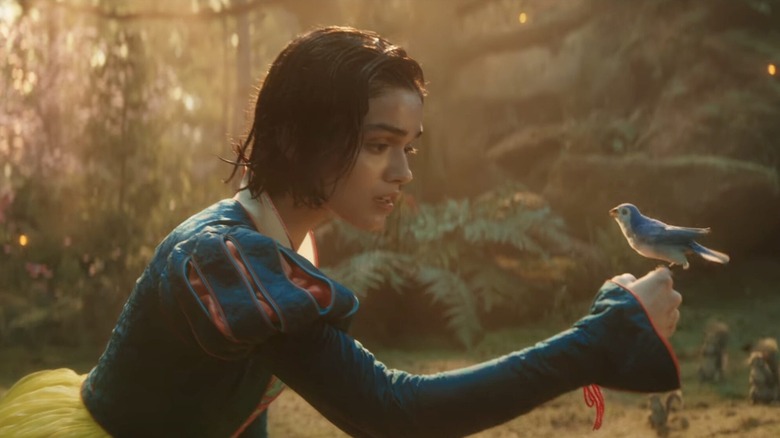
Despite the prolonged discussions about its release date, advertising efforts from Disney Pictures for “Snow White” were surprisingly minimal, particularly as the film approached screening. In contrast, other live-action Disney remakes were preceded by a flood of promotional materials and advertisements. For instance, “The Jungle Book” unveiled its theatrical trailer during the Super Bowl in 2016, while “Aladdin” showcased a significant trailer (featuring Will Smith as Genie) at the Grammys three years later. During the COVID-19 pandemic, “The Little Mermaid” was accompanied by an extensive marketing campaign that included a trailer debut during the Oscars.
The film adaptation of “Snow White” was not heavily promoted or marketed compared to other releases. Before its debut, there were articles questioning the absence of merchandise associated with this major production. Notably, during key TV events such as the Grammys and Super Bowl in February 2025, no special advertisements for “Snow White” aired. Furthermore, promotions at Disney theme parks appeared somewhat lackluster. While it’s true that “Snow White” wouldn’t have become another “The Lion King” with constant TV commercials, the absence of a substantial promotional campaign from Disney may not have helped a movie that was already facing difficulties.
The endless controversy over the seven dwarfs
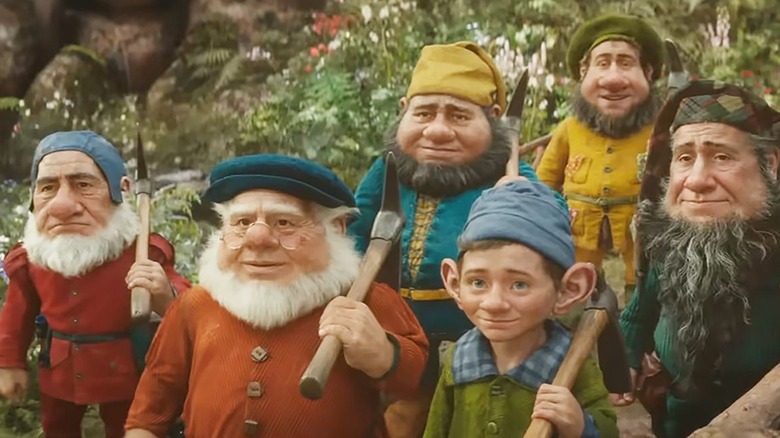
Since the announcement of “Snow White,” debates about how a contemporary version of the seven dwarfs would be portrayed have largely dominated the conversation, overshadowing most other aspects. As soon as the news broke, stars with dwarfism were quick to express their thoughts. Jason “Wee Man” Acuña from “Jackass” and Peter Dinklage, a veteran of “Game of Thrones,” disagreed with Disney’s approach to the remake, finding it disrespectful that they would continue to use these characters in this way.
In a recent statement, Peter Dinklage expressed his concerns about casting a Latina actress as Snow White while keeping the story of ‘Snow White and the Seven Dwarfs.’ He questioned the inconsistency between progressive steps and perpetuating an outdated narrative about seven dwarves living in a cave. Shortly after, Disney responded to these criticisms by stating that they are rethinking their approach with the seven characters, aiming to avoid reinforcing stereotypes from the original animated film. They have been consulting with members of the dwarfism community to ensure more accurate and respectful representation.
The decision to use CGI for the dwarfs in the movie sparked even more criticism, and it seemed executives were paying attention since the seven characters were missing entirely from the film posters. The dwarf character designs quickly became a target of online ridicule, and the fact that only one of them was voiced by an actual dwarf actor made matters worse. Even if Disney had hired real-life dwarf actors for these roles, it wouldn’t have changed the fact that the CGI designs were absolutely terrifying to look at.
There was a lack of larger box office momentum
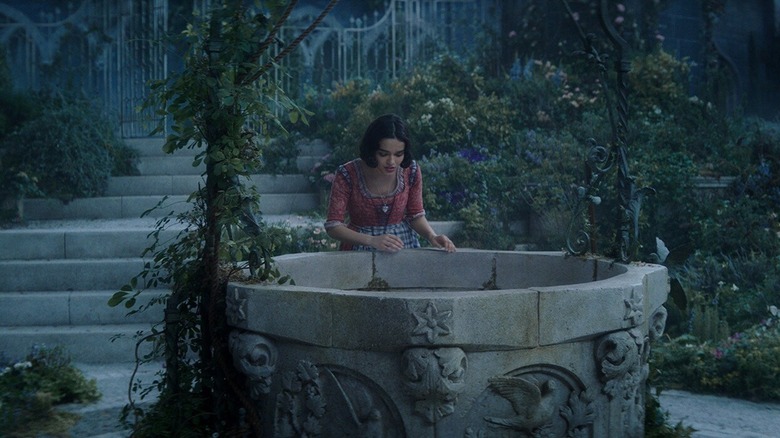
The domestic movie market in 2025 has been rather disappointing, and unfortunately, this didn’t bode well for the performance of “Snow White.” You may wonder if the poor showing of other films in 2025 could create an opportunity for “Snow White” to thrive and make a significant profit? However, success typically fosters more success at the box office, as big movies tend to boost smaller ones – consider the impact of the “Barbenheimer” franchise from 2023 on other films.
It’s unlikely that numerous large-scale 2025 productions would have unexpectedly led to a domestic opening weekend grossing over $110 million for “Snow White,” but showing trailers for the Disney live-action remake before popular movies might have generated more interest in it. The early March weekends of this year, dominated by underperforming titles such as “Novocaine,” have underscored that audience attraction is scarce. Indeed, “Snow White” has been a box office disappointment, but it’s one of several films falling short in a lackluster marketplace.
Read More
- 10 Most Anticipated Anime of 2025
- Gold Rate Forecast
- Grimguard Tactics tier list – Ranking the main classes
- USD MXN PREDICTION
- PUBG Mobile heads back to Riyadh for EWC 2025
- Silver Rate Forecast
- Castle Duels tier list – Best Legendary and Epic cards
- Brent Oil Forecast
- USD CNY PREDICTION
- How to Watch 2025 NBA Draft Live Online Without Cable
2025-03-25 21:33